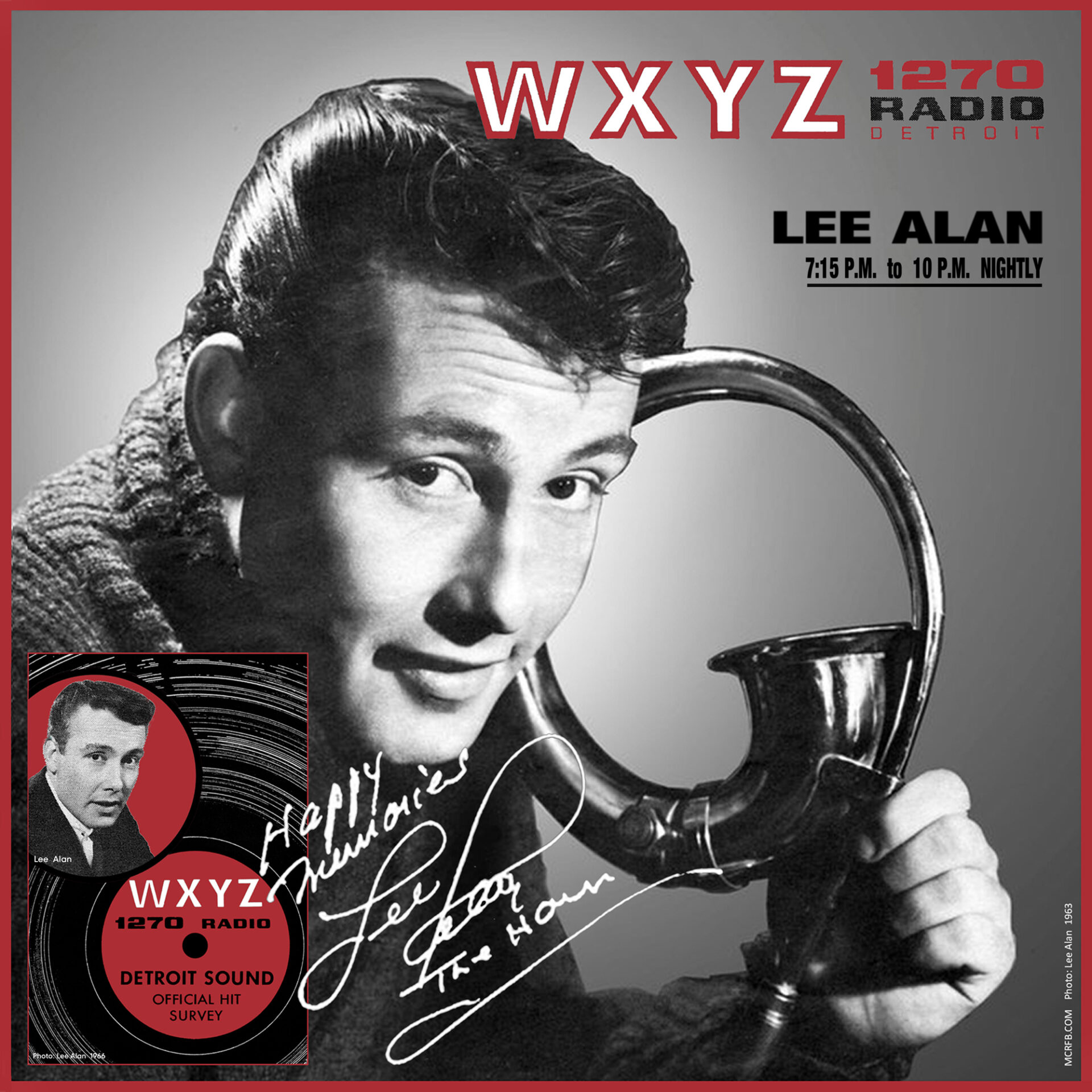
![]()
![]() Audio digitally remastered by Motor City Radio Flashbacks
Audio digitally remastered by Motor City Radio Flashbacks
![]()
![]() NEW! A special THANK YOU to our friend, Jim Nuznoff, of Port Charlotte, Florida, for this recent contribution for our Motor City Radio Flashbacks airchecks repository.
NEW! A special THANK YOU to our friend, Jim Nuznoff, of Port Charlotte, Florida, for this recent contribution for our Motor City Radio Flashbacks airchecks repository.
__________________
Jim writes (January 9, 2024) — “On the date noted on this aircheck, WKNR FM transitioned to WNIC-FM. I did simultaneously had recorded as well, the WKNR-AM to WNIC-AM at the approximate time when the transition took place. But, unfortunately, it was ruined by someone at the studio who threw the wrong switch. That action resulted in several seconds of dead air. Insofar as the AM side, I no longer have that ‘WKNR to WNIC’ tape today.” –Jim Neznoff
__________________
![]()
 Newly restored! This selected audio recording was digitally restored by Motor City Radio Flashbacks.
Newly restored! This selected audio recording was digitally restored by Motor City Radio Flashbacks.

![]()